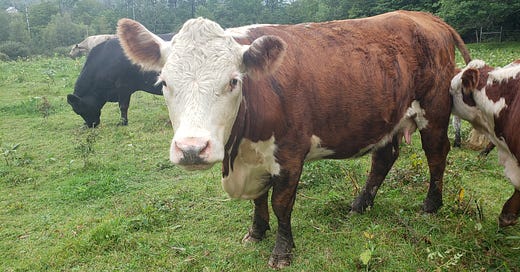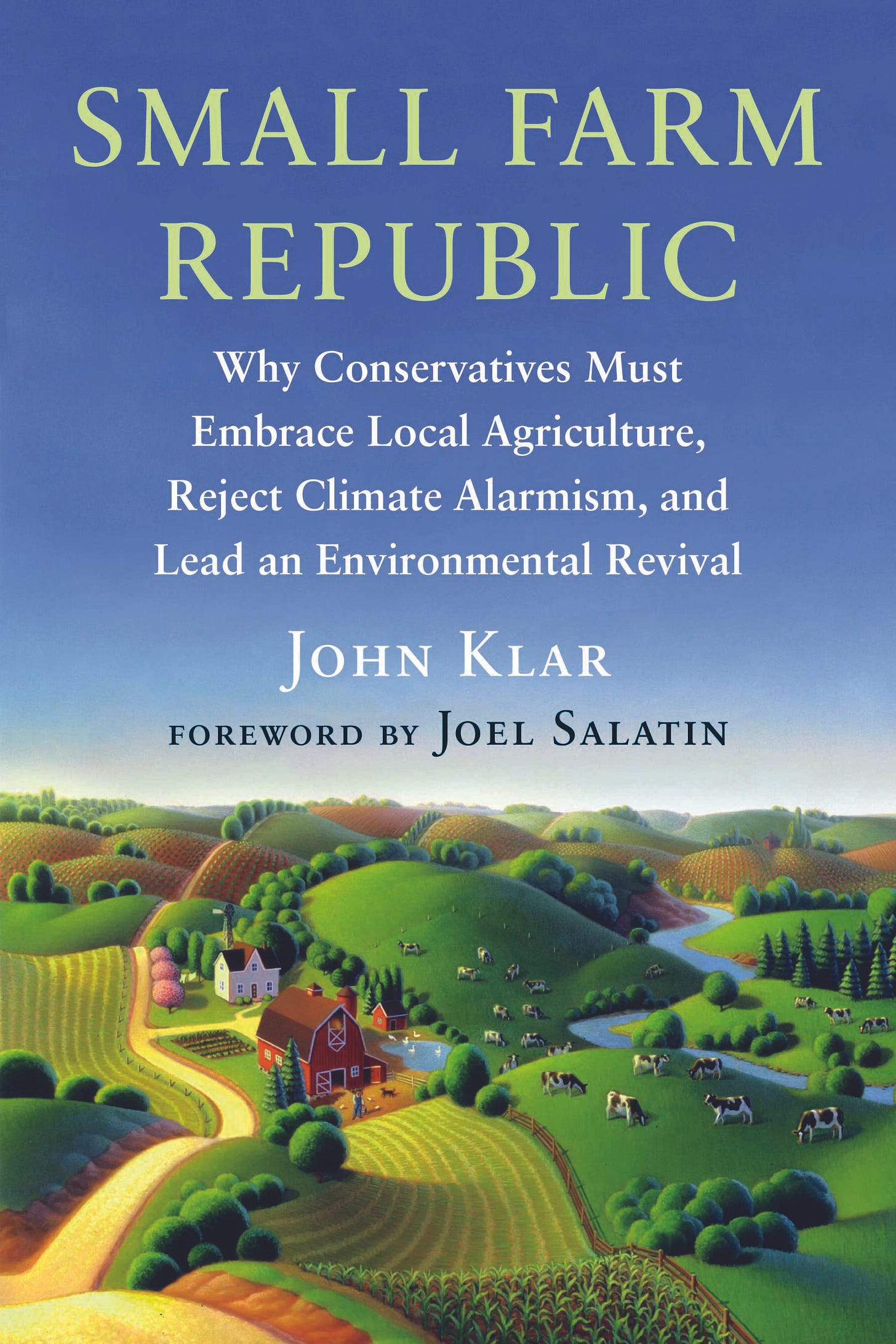A recent commentary offered a weak screed against Vermont’s dairy industry and farmers on behalf of what it labeled “male cows.”
No new vocabulary is required for bulls, which have served an integral role in Vermont beef and dairy farming for generations. The purported effort to save bulls from suffering offers an opportunity to educate non-farmers about the realities of farming.
The complaint is that Vermont’s landscape is largely devoid of bulls, and that the vast majority of bulls are killed for meat, at times for veal. The commentary concedes that modern artificial insemination is practiced in most dairies, breeding cows with heifers over bulls, then complains that those bulls remaining suffer the agonies of being eaten. The solution? Boycott Vermont dairy!
The commentary concludes: “I encourage you to consider taking small steps to eat fewer products made from animal milk. This can look different for different people. Maybe for you it’s swapping out conventional butter for a non-dairy option, eating your crackers with hummus instead of cheese, trying a new plant-based coffee creamer, or switching to the non-dairy Ben and Jerry’s pints (which are delicious and cost the same as conventional in many stores).”
I seek here to correct a few oversights within these claims.
First, bulls have been used to breed cows — or to eat — for thousands of years. They also provide clothing and footwear. In Vermont, not all bulls go to the slaughter factories; many farmers raise them (as steers) to adulthood for food, and they enjoy an infinitely happier life here than in a Midwest concentrated animal feeding operation. Indeed, many Vermonters prefer the taste of Jersey to traditional beef breeds.
The proposition that Vermonters should boycott dairy demonstrates the completely upside-down understanding of the world of modern dreamers, especially in the lunatic animal rights cult. The uncritical argument is that Vermonters must save cows by eliminating them. Similar hollow efforts echo in Ireland and Holland, where cow culling is falsely claimed as salvific.
Such advocacy is perverse not only because it would deprive millions of well-treated animals with any life at all. It is self-destructive in ways that non-farmers apparently fail to perceive. Let us weigh the consequences of the commentary’s recommendations:
— Presumably the commentary writer cares about the ecosystem. Despite the shallow lies of industrial food producers, those replacement “milks” (they are not milk, which comes from a mammal) made from cashews, oats or almonds all damage the ecosystem much more than rotationally-grazed cows, especially water supplies. Ditto for synthetic meats: They are manufactured from soy and other GMO-dependent crops that saturate the soil with chemicals and are destructive to human health and water supplies.
— Vermont’s agritourism is not limited to farm visits. Those priceless Green Mountain views are mostly kept open by grazing cows, themselves part of the attraction. Growing that land up in forest to sequester carbon would block the view, but also sequester only a fraction of the carbon secured by well-managed grasslands. More, cow manure builds healthy soil microbiomes, as an organic substitute for imported synthetic fertilizers.
— A bull is a very expensive animal to feed. For every bull kept back as dreamt by animal rights advocates, a farmer would have to keep several additional cows to carry the costs. It is literally economically unfeasible to keep them back as pets. Does the commentary writer know that the current price of milk is about $13/hundredweight, or how dramatic of a loss that is? The commentary advocates boycotting Vermont’s backbone industry even as dairy farmers are losing millions of dollars daily. For dairy farmers, “minimum wage” in times like this means keeping their negative hourly income down as low as possible — no $15/hour or unions for them!
— Where will Vermonters get healthy food if not locally? For those who still eat meat, boycotting dairy and closing more farms will offer only foreign or factory meat shipped from far away: bad for the environment, the Vermont economy and culture, and bad for the cows — even the boy cows. Famine and food inflation are on the American horizon, despite the lack of vision of those who think food grows in a can, or that animals can be replaced with factory facsimiles of flesh.
— Life involves death, and all animal husbandry has always involved that ghastly trade-off. My wife and I have rescued many bull calves (and girl cows, called heifers) from livestock commission sales, to raise them for meat rather than be ground into hot dogs. They lead a good life with Vermont views, and then a humane on-farm slaughter. But in the end they must pay for themselves or only a billionaire could house them. This reality is true for much animal husbandry — will the commentary writer boycott eggs until all roosters are raised in day spas? Would she boycott honey because boy worker bees are enslaved and do not enjoy labor law protections?
— Agriculture is an economic driver for Vermont, generating tens of millions of dollars annually (to fund the state’s largest employer that earns nothing: the state bureaucracy). This in turn supports veterinarians, local markets and farmstands, sawmills and hardware stores, fuel, equipment, and grain dealers, and a host of other satellite businesses of hoof trimmers, on-farm slaughterers, meat processors, distributors and retailers. It is also integral to the state’s tourism industry, which includes restaurants, lodging, farm tours, and a multitude of local value-added products. But more, those cows sought to be banned by clueless farm-haters are intrinsic to this land’s 200-year culture.
Bulls have been unfortunate victims of human dining for eons, despite modern advances that have already greatly reduced their numbers on dairies. As to death and agriculture, there is nothing new under the sun. As to ideology and critical disconnect, there is indeed something new here: the degree to which people can be so totally alienated and estranged from the culture and economy of the place they choose to reside.
A glance out the car window by even the most urbanite flatlander will display content cows ruminating over their lovely vista while dining on grass or masticating their regurgitated cud. This is how they spend most of their lives, and they are generally quite content and better cared for than many household pets. Often they are playing, bounding through the grass in joy or romping together like a big family.
Vermont cows have it good compared to many regions (despite the harsh winters, which require them to be fed much more to stay warm). To be against cows is to be against self, and an understanding of the necessary human place in the world. Next thing you know, the similar uninformed arguments will be used to ban trapping or hunting.
On behalf of the cows who would be denied any life at all by the commentary writer’s gender binary assault on the Vermont dairy industry, I must observe that boycotting dairy products to benefit “male cows” is pure bull.
(Previously published at VTDigger.)







Nothing like the ignorant sharing their ignorance with the world.
Insane.